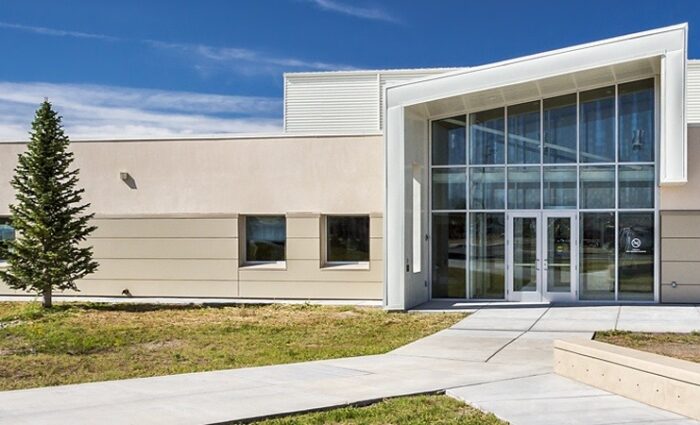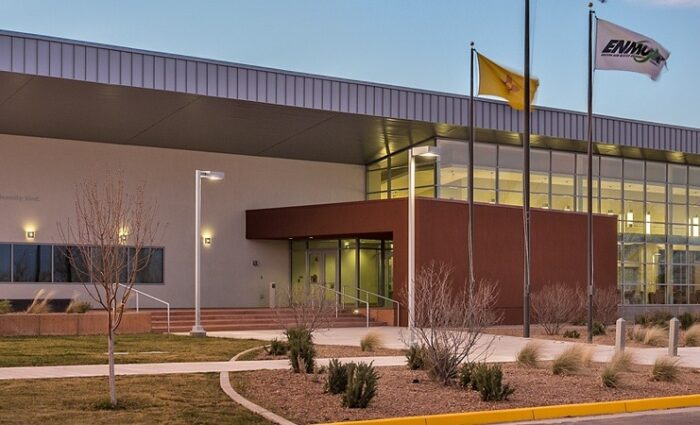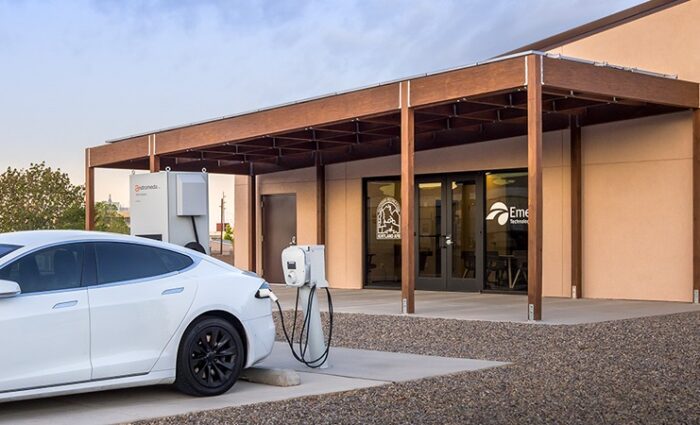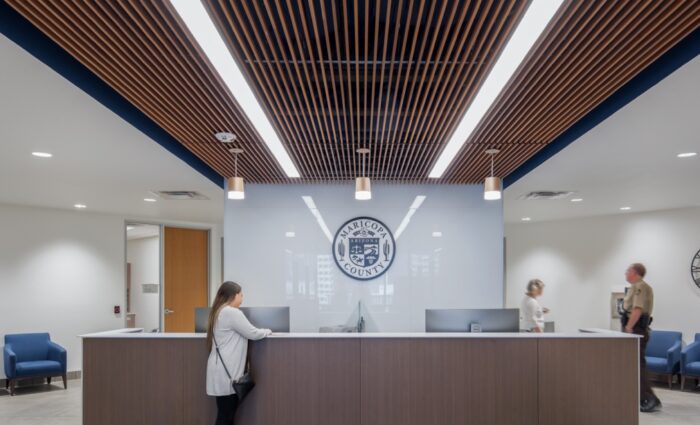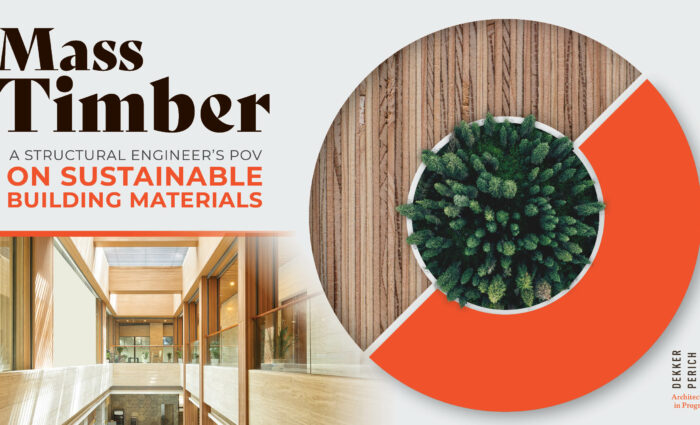Community Impact Through Development Code
By Jessica Lawlis and Will Gleason
What does urban planning mean for developers, architects, local governments—and most importantly, people? Creating spaces where everyone can live, work, and thrive. Deeper than building a beautiful neighborhood, urban planning addresses the needs of the community by considering their environment, habits, and demographics.

Everyday Impact
Development code shapes peoples’ quality of life in ways most don’t realize. An often-invisible piece of urban planning, these codes can help (or hinder) opportunities to enhance public health, safety, welfare, and overall quality of life. From small scale (fence permits and street lighting) to large (building height restrictions and zoning), the effect of development standards are all around people living in and circulating through an area.
With clear standards that encourage the creation of pedestrian-friendly, creatively designed environments, crucial infrastructure can be brought to communities of all sizes. By making it easier for local governments to administer development decisions, public and private companies can get the permits they need in a timely manner. Effective development code can also pave the way for housing that serves a wider variety of in-need populations. Encouragement of mixed-use residential buildings can help establish vibrant downtown districts and town centers.
Transparent Code
To best serve lawmakers and the public, a development code must respond specifically to local needs and be easy to understand for all who engage with it. In 2020, our team was hired by Los Alamos County to create a vision and set policy for the County’s two downtown districts of Los Alamos and White Rock—and to champion a comprehensive update of the County’s Chapter 16 Development Code, much of which hadn’t been updated since 1965. Tasked with revising the code, the team conducted extensive public outreach and research to understand the needs of Los Alamos County.
Through more than 40 meetings with the public and Los Alamos County officials, a primary focus became creating a transparent, user-friendly code.
Collaboration with Los Alamos County officials established a vision, set of goals, and strategies to guide future development. The Chapter 16 Development Code, adopted in December 2022, address a range of local needs. Building design and form, environment, multi-modal transportation, economic vitality, public spaces and streetscapes, infrastructure, and sustainability are some of the elements covered by the new strategy.

To benefit both County administrators and the public’s understanding of development code, the team delivered an interactive PDF. It utilizes internal links for navigation through the document, making it easy to cross-reference information and jump to relevant pages. High quality illustrations, tables, and visualizations support the text to keep complex information digestible.
Selective Standards
While the code updates reflect national best practices, they also lean into the specific needs of the County. One example is parking: most residents have cars, due to the spread of Los Alamos and White Rock. The updates go against national standards, increasing parking to meet local realities.
When addressing housing and development, the team considered how Los Alamos County is distinctly different from most communities in New Mexico. The steady presence of Los Alamos National Labs (LANL) has led to a unique mix of age and socioeconomic diversity in a relatively small area. With the continued growth of LANL, interest from developers in Los Alamos and White Rock, and limited land resources, the County faces a severe shortage of housing.


New standards allow for more multi-unit, multi-story apartments, as well as mixed-use residential buildings—while maintaining privacy and separation for single-family residences through landscaping, screening, and buffering. They also clarify and encourage the building of accessory dwelling units (ADUs) and middle housing, to help young professionals and aging populations stay in the community.
Based on public feedback about darker skies, special attention was given to updating outdoor lighting standards to minimize the impacts of artificial light on people, wildlife, and the environment. The team created standards that reduce light trespass while providing sufficient lighting to promote safety and increase nighttime visibility. The new code curbs light pollution and reduces sky glow for the benefit of residents, outdoor enthusiasts, and astronomers.

With careful planning, civic engagement, and collaboration, masterplanning and development code can enhance the fabric of rural and urban areas. Through an exchange of concise, clear, and transparent information, residents can begin to better understand the built environment around them. Across the United States, planners work to bring outdated codes into alignment with today’s need for more economical housing, environmental safeguarding, and up-to-date safety standards. In Los Alamos County, the Chapter 16 Development Code can empower redevelopment of vacant areas, better use of public spaces, and greater variety of housing to meet changing economic and social realities.
Read our minds.
Sign up for our email.
Related Content

Buildings with more brains require less brawn.
DPS has a different design strategy when it comes to public safety.

